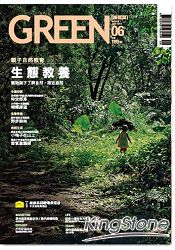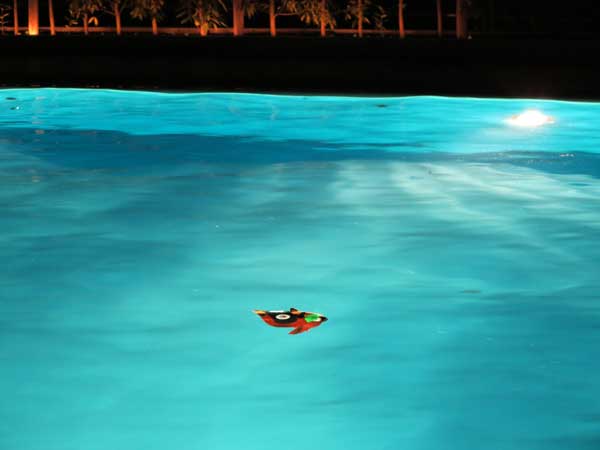
I’ve been enjoying wandering through my old haunts in San Francisco. I lived on this block for ten years during and after graduate school.
Compared to Tokyo, I always wonder, where is everybody? It seems they are either indoors or in their cars.

四月は外国人がたくさん日本に旅行しにきます。「なぜ日本人はマスクを使いますか。放射能が怖いのですか」とみんな私に聞きます。他の国では、病院で働く人たちしか使いません。
April is a month that attracts many foreign visitors. Again, I am asked in hushed tones, are Japanese wearing masks because of Fukushima and fears of nuclear fallout? Anyone who lives here knows it’s allergy season, and many people wear them out of a combination self-treatment and courtesy to others. Masks, normal and even polite in Japan, are perhaps the most common form of exotic costume when seen by foreigners.

ヒヨコさんからもらったベルギーの種が芽を出しました。ミニヒマワリだと思います。これも手仕事屋久家で作った植木鉢です。
I think these are mini-sunflowers. We’ll find out soon. This ceramic also made at Kuge Crafts.

ペイユン・リンさんのおかげで、初めてTokyo Green Spaceについての中国語の記事が出ました。『Green』は台湾の建築関係の雑誌です。記事の題名は、「東京都市學,衝突新美學」です。
Thanks to Peiyun Lin, an article about Tokyo Green Space appears in this month’s Green magazine, a Taiwanese architecture magazine. The title is “東京都市學,衝突新美學,” which the author translates as Tokyo Green Space: The City Full of Conflicts. The photos are mine, and Peiyun’s story based on this blog.


外国人は、こんなに高いフルーツに驚きます。伊勢丹デパ地下で、21,000円のスイカが売っています。もちろん、珍しいひょうたんの形で、王様の椅子に座っています。
Foreigners who imagine Tokyo is expensive always mention over-the-top fruit. Even if it were in a gourd shape, as this one is, who in the US or Europe would spend over $200 for a watermelon? In Japan, few purchase these trophy fruit, but they are always available at places like Isetan’s food emporium.

海外の日本庭園についての新しいサイトが立ち上げになりました。このサイトには、アフリカからロシアまで、何百もの日本庭園が紹介されています。サイトのスポンサーは著名な専門家である東京農業大学の鈴木誠教授です。日本庭園は生きた芸術作品であるため、地域社会との継続した様々なサポートが必要です。きれいなサイトデザインとロゴは、イアン・リナムさん(Ian Lynam)のおかげです。よろしくお願いいたします!
I am very pleased to announce a new website that provides scholarly and general public information about the hundreds of Japanese gardens outside Japan. This project puts online the database of Tokyo University of Agriculture’s Professor Makoto SUZUKI, the world’s expert on this unique Japanese cultural export. There are Japanese gardens in six continents, in conditions ranging from arid Australia to urban Brazil. I hope that my blog readers may have the opportunity to visit one of these living art works near where they live or travel.
A special thanks to the incomparably talented Ian Lynam, who created the visual design and the logo for the new Center for International Japanese Garden Studies.


Tanuki san made a splash during the Still City workshop, a Dutch-Japan exploration of post-growth urban life.


オランダから来た建築家や都市研究者による「成長後都市の生活」についてのワークショップのために、最近、浜離宮庭園に行きました。江戸時代とモダンが混ざっています。
Recently I brought 28 participants of the Dutch-Tokyo Still City workshop on “post-growth” urban life to Hamarikyu garden. This photo captures the simultaneity of activities inside and outside the garden: Edo-style pruning of pine trees, city dwellers enjoying traditional tea, port and luxury housing structures, even an incinerator chimney.

東京タワーの写真をもう一つ。